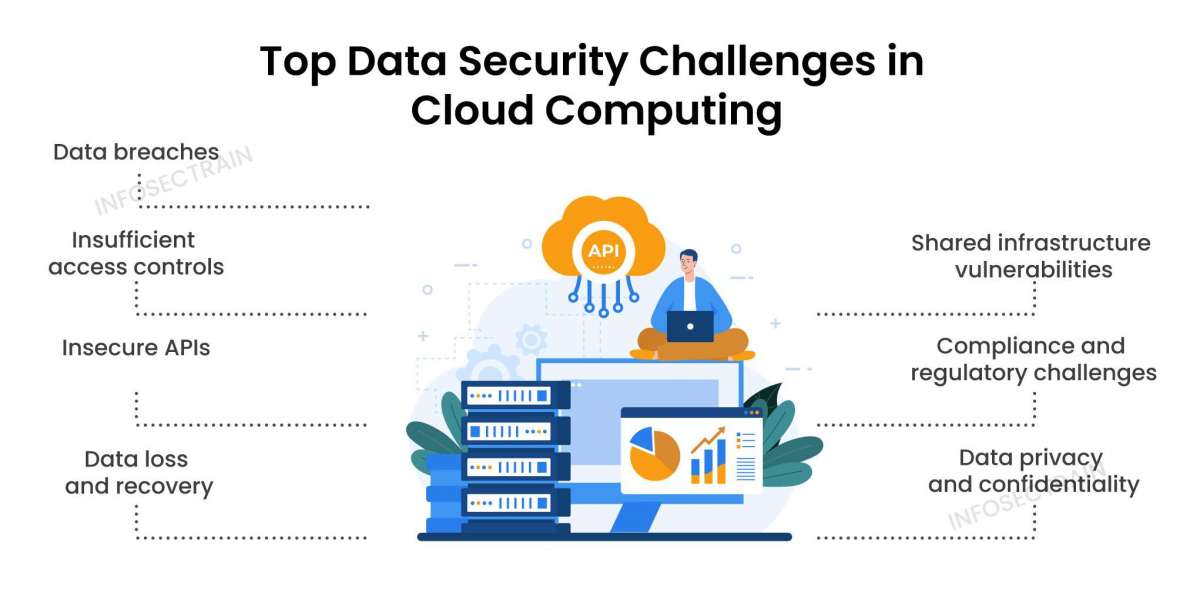Ensuring that cloud migration aligns with legal and regulatory requirements is crucial to avoiding significant risks, including legal penalties and reputational damage. This article delves into the key compliance and regulatory considerations businesses must address when undertaking a cloud migration.
1. Understanding Data Compliance and Regulatory Frameworks
1.1 Data Protection Regulations
- General Data Protection Regulation (GDPR): For businesses operating in or with the European Union, GDPR mandates strict data protection and privacy standards. Organizations must ensure that personal data is processed lawfully, transparently, and with adequate security measures in place.
- California Consumer Privacy Act (CCPA): Similar to GDPR but applicable in California, CCPA grants consumers rights related to their personal data, including access and deletion requests. Compliance requires careful handling of personal information stored in the cloud.
- Health Insurance Portability and Accountability Act (HIPAA): For healthcare providers in the U.S., HIPAA governs the protection of health information. Migrating to the cloud requires ensuring that cloud providers offer the necessary safeguards to maintain HIPAA compliance.
1.2 Industry-Specific Regulations
- Payment Card Industry Data Security Standard (PCI DSS): For organizations handling credit card information, PCI DSS compliance is mandatory. Cloud migrations must ensure that cloud services meet PCI DSS requirements for data security.
- Federal Risk and Authorization Management Program (FedRAMP): U.S. federal agencies and their contractors must comply with FedRAMP standards when using cloud services, which includes rigorous security assessments and continuous monitoring.
2. Assessing Cloud Providers for Compliance
2.1 Evaluating Cloud Service Providers (CSPs)
- Compliance Certifications: Verify that your chosen CSP holds relevant compliance certifications, such as ISO 27001, SOC 2, or FedRAMP. These certifications indicate that the CSP adheres to industry-standard security and compliance practices.
- Data Location and Sovereignty: Understand where your data will be stored and processed. Data sovereignty laws require that certain data remain within specific geographic boundaries, which can impact your choice of cloud provider and data storage locations.
2.2 Contractual Agreements
- Service Level Agreements (SLAs): Ensure that your SLA includes provisions related to compliance and data protection. This should cover the CSP's responsibilities regarding data security, breach notifications, and compliance with regulations.
- Data Processing Agreements (DPAs): A DPA is essential for outlining how data is processed and protected by the CSP. It should address compliance requirements specific to your industry and data types.
3. Implementing Data Protection Measures
3.1 Data Encryption
- At Rest and In Transit: Encrypt data both at rest and in transit to safeguard it from unauthorized access. Ensure that your cloud provider supports strong encryption protocols and that you manage encryption keys securely.
3.2 Access Controls
- Identity and Access Management (IAM): Implement robust IAM policies to control who has access to data and cloud resources. Use multi-factor authentication (MFA) to enhance security and prevent unauthorized access.
3.3 Regular Audits and Monitoring
- Continuous Monitoring: Regularly monitor cloud environments for compliance with data protection policies and regulatory requirements. Use automated tools to detect and respond to potential security incidents.
- Audits: Conduct periodic audits to assess compliance with regulatory requirements and internal policies. These audits should evaluate both cloud infrastructure and the CSP's practices.
4. Handling Data Breaches and Incident Response
4.1 Breach Notification
- Regulatory Requirements: Familiarize yourself with breach notification requirements under relevant regulations. Many regulations mandate timely notification to authorities and affected individuals in the event of a data breach.
- Incident Response Plan: Develop and implement a comprehensive incident response plan that includes procedures for handling data breaches, including communication strategies, containment, and remediation.
4.2 Legal and Financial Implications
- Liability: Understand the potential legal and financial implications of data breaches. Ensure that your cloud provider’s contractual agreements address liability for data breaches and outline the steps they will take in response to incidents.
5. Navigating International Data Transfers
5.1 Cross-Border Data Transfers
- Legal Frameworks: Be aware of regulations governing cross-border data transfers, such as the EU-U.S. Privacy Shield Framework or Standard Contractual Clauses (SCCs). Ensure that your cloud provider complies with these frameworks when transferring data across borders.
- Data Transfer Mechanisms: Use appropriate mechanisms to ensure that international data transfers are compliant with applicable laws, including secure data transfer protocols and compliance with legal requirements.
6. Continuous Compliance Management
6.1 Staying Informed
- Regulatory Changes: Keep up-to-date with changes in data protection laws and regulations. Compliance requirements may evolve, and staying informed helps you adapt your cloud migration strategy accordingly.
6.2 Training and Awareness
- Employee Training: Regularly train employees on data protection and compliance requirements. Ensure that all team members understand their role in maintaining compliance during and after the cloud migration.
Conclusion
Data compliance and regulatory challenges are critical considerations in cloud migration. By understanding relevant regulations, selecting compliant cloud providers, implementing robust data protection measures, and staying informed about regulatory changes, organizations can navigate these challenges effectively. A well-planned approach to compliance will not only protect sensitive data but also ensure a smooth and successful cloud migration.








